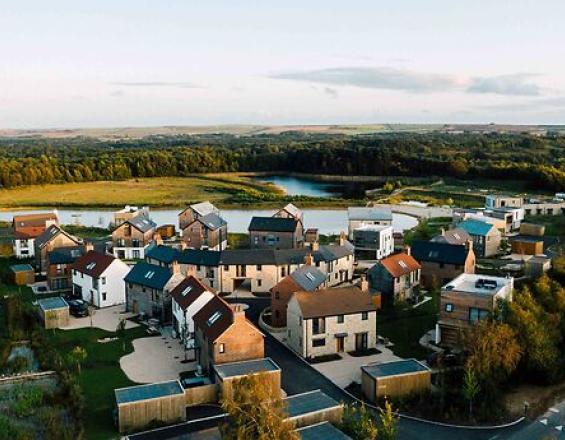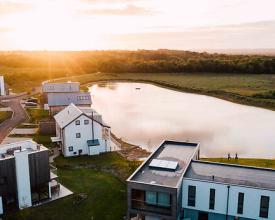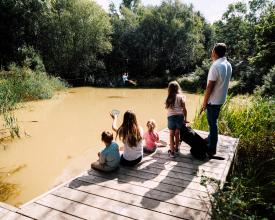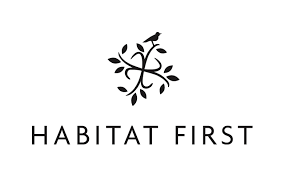
Landscape-led redevelopment to benefit people and wildlife

With an Excellent accreditation from Building with Nature, Silverlake is a great example of how the natural landscape can be used as the starting point for site design and how that landscape can be protected into the future.
The site was an active sand extraction quarry with a former landfill that had been restored to heathland, with a number of areas of woodland around the margins of the site and several waterbodies of various size, age and permanence. The scheme identified these important local character features as the basis for the green infrastructure proposals and incorporated them into the development in order to reference, reflect and enhance the local environment, contributing positively to a distinct sense of place whilst creating a multifunctional network that provides clear benefit to both people and wildlife.
The entire development comprises 227 hectares, with the final built footprint will only take up 18% of the site.
Context
Challenges addressed
Location
Impacts
Key habitats have been retained and enhanced, with features including; open water, wetlands, running water, heathland and mire, woodland, living roofs, roof gardens, SuDS, bird boxes, bat roosts, dormouse boxes, great crested newt ponds and grazing land.
Features have been designed to support connectivity with the Nature Recovery Network, for example with native hedgerow and tree planting that connects the development to the wider Estate, allowing movement of wildlife through the entire Estate, connecting areas such as Knighton Heath Wood that have become isolated by mineral extraction activity.
Integral green infrastructure features are used throughout the scheme to contribute to surface water management and to improve water quality within the development, for example a range of SuDS components have been adopted to enhance surface water management including the use of cascading ponds, permeable ‘Bod’ paving, swales, and ephemeral ponds. All surface water eventually drains to the lake, but the number of features in the management train also enhances the treatment of water quality through SuDS.
The site is managed to maximise their benefit to wildlife through a Landscape and Ecological Management Plan, approved by the district and County Councils and management prescriptions relating to the SSSI mire have been approved by Natural England.





